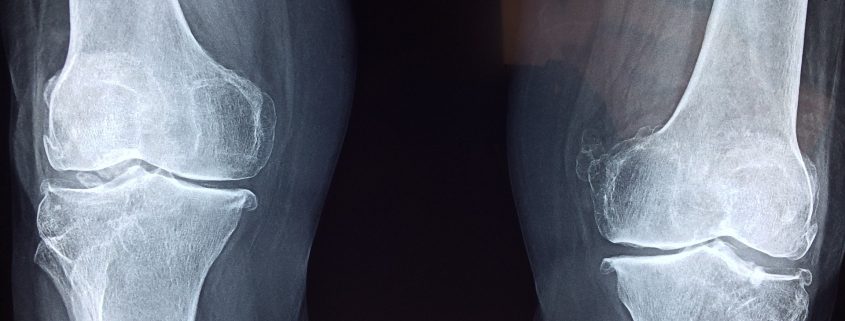The foot bone is connected to the… knee bone…
I find it fascinating how children singing a song can seemingly make more sense in interpreting biomechanics than those supposedly skilled professionals that swear just about exclusively by the so called evidence that has been provided.
I can appreciate that, in too many cases, individuals have been told, wrongly so, that there issues were just about exclusively due to findings on imagery. Hence, for example, if there were no traces or arthritis on an X ray, we simply could not understand or appreciate why and how someone would suffer.
We now understand that pain is multi factorial and this is thanks to the bio-psycho-social model. While this interpretation model of pain has been beneficial in becoming aware of more variables involved in the big picture, it tends to downplay mechanical factors in the process.
A recent study (https://www.ncbi.nlm.nih.gov/pubmed/30176381) from 2018 sheds some light on the very link between the foot and the knee, from a biomechanics standpoint. The question they asked was:
Is foot posture related to the clinical and radiological parameters in patients with knee osteoarthritis?
The study assessed 150 patients. For each of these patients, x rays were taken to confirm the presence of osteoarthritis at the medial tibio-femoral joint. The WOMAC questionnaire was used to assess pain and the functional status of the patients. Foot posture was assessed by the Foot Posture Index (FPI) system and feet were categorized into three categories: pronated, neutral and supinated.
The mean age of the patients studied was of 61.2 +- 10.1 years.
Percentage of supination: 22.6%.
Percentage of neutral: 68.66%.
Percentage of pronation: 8.66%.
In the group with supinated FPI, the WOMAC total score, pain and function sub-scales were higher. In the FPI pronation group, anatomic axis angle values were found to change in the varus direction.
This being said, the authors conclude that the potential postural dysfunction of the foot should be taken into consideration during the assessment and/or managements of a patient with knee OA.










Leave a Reply